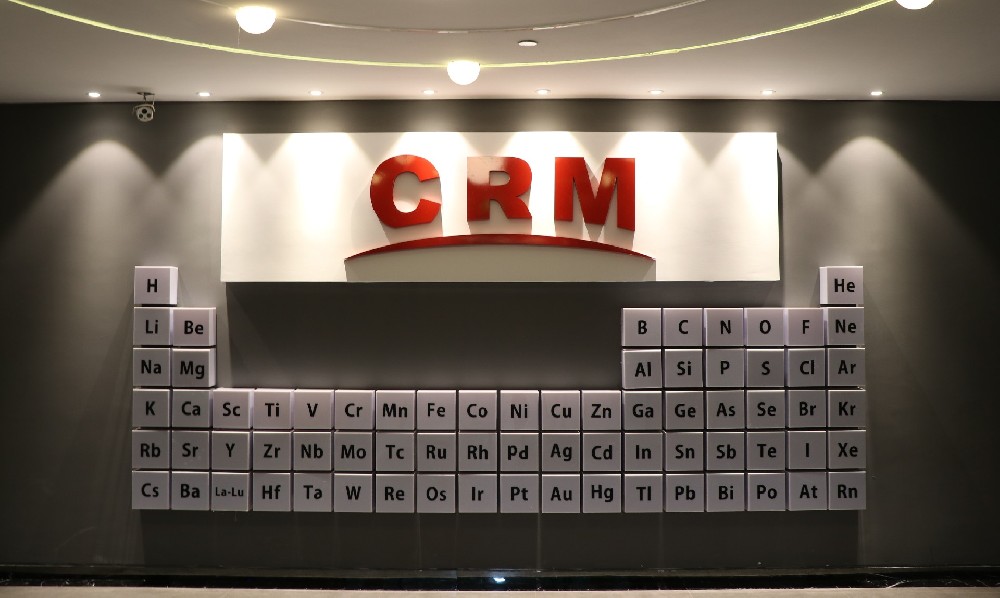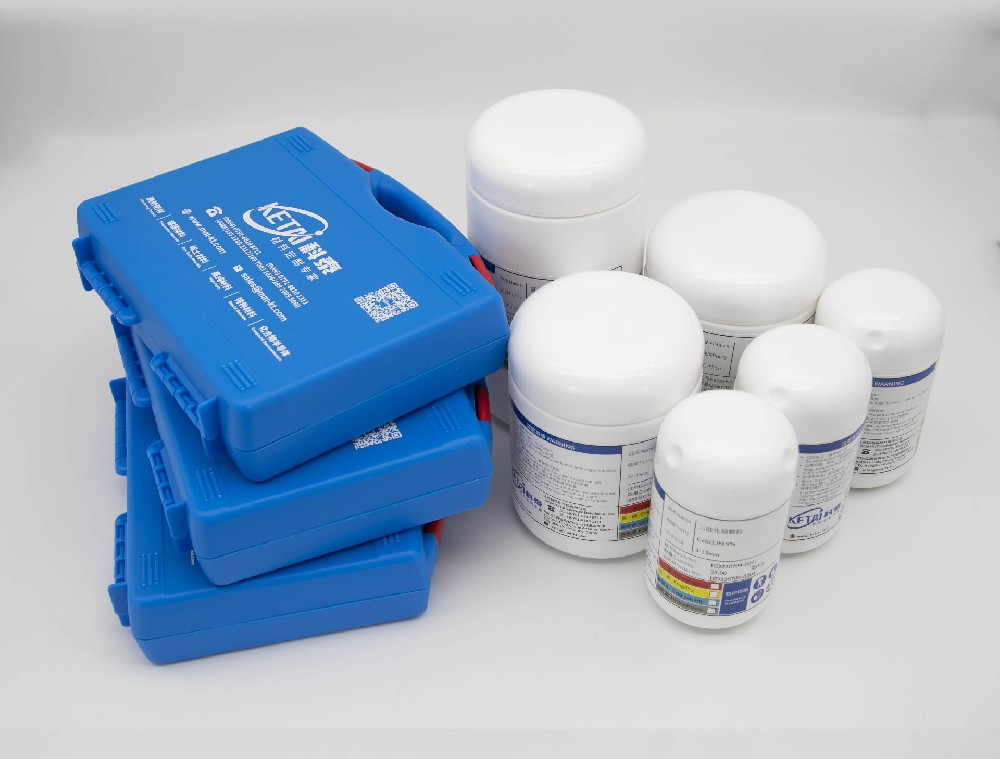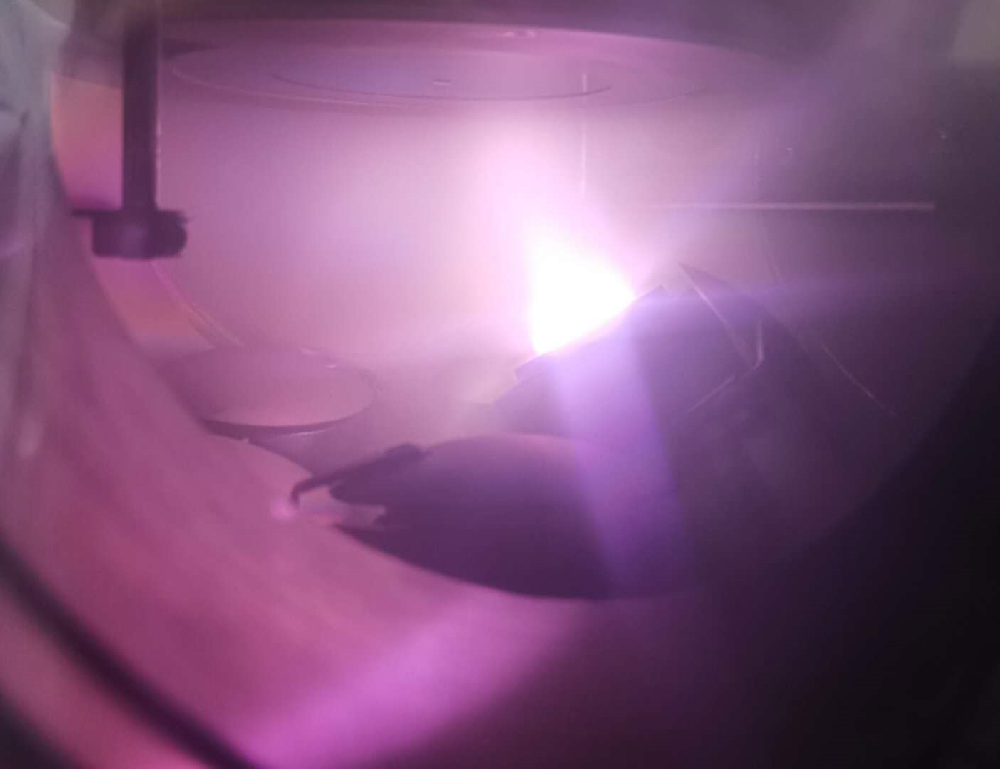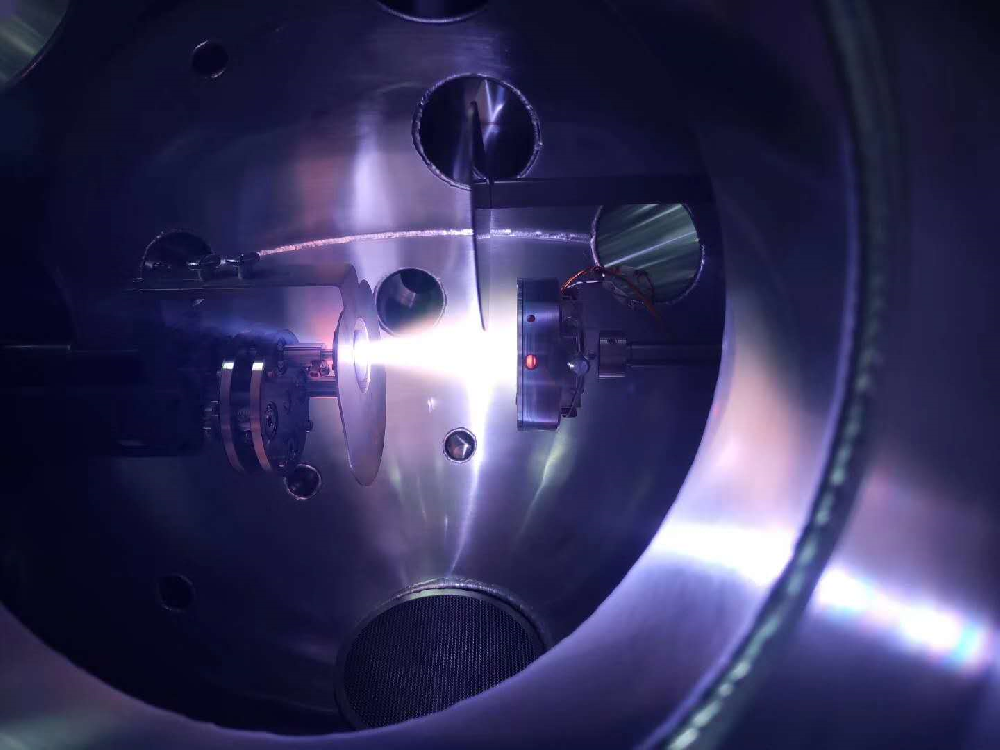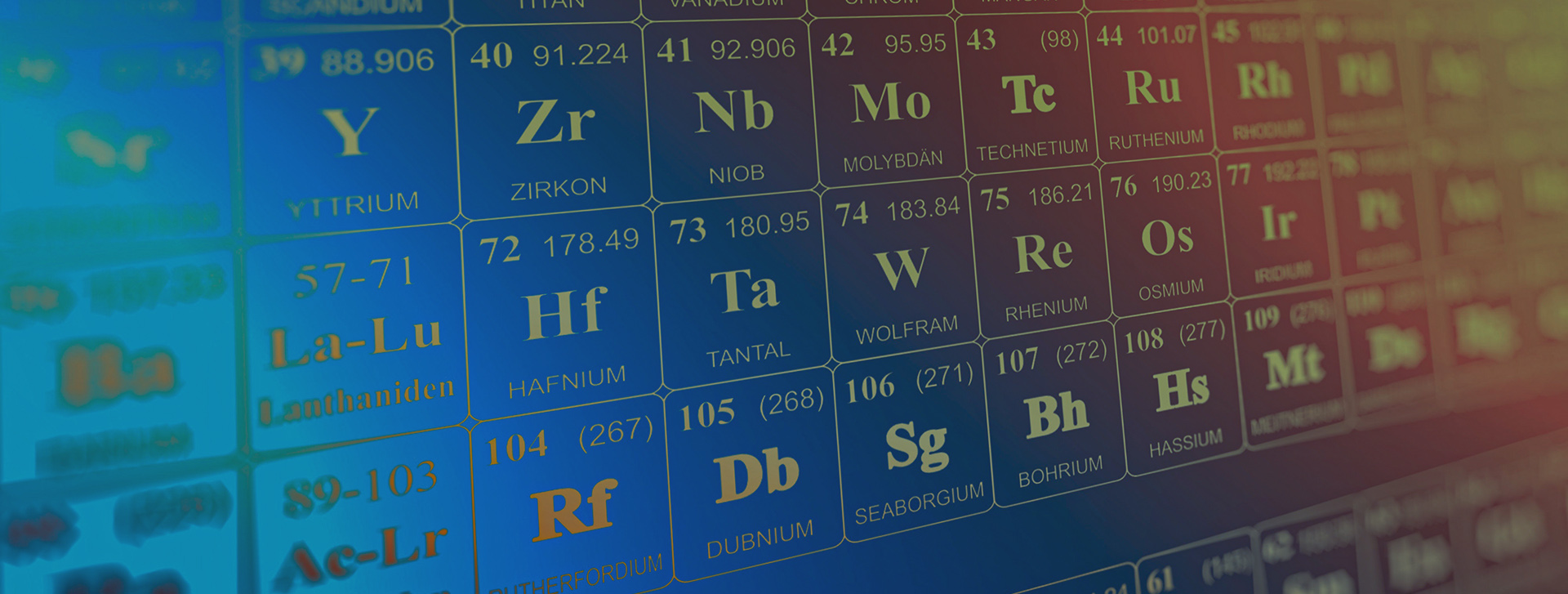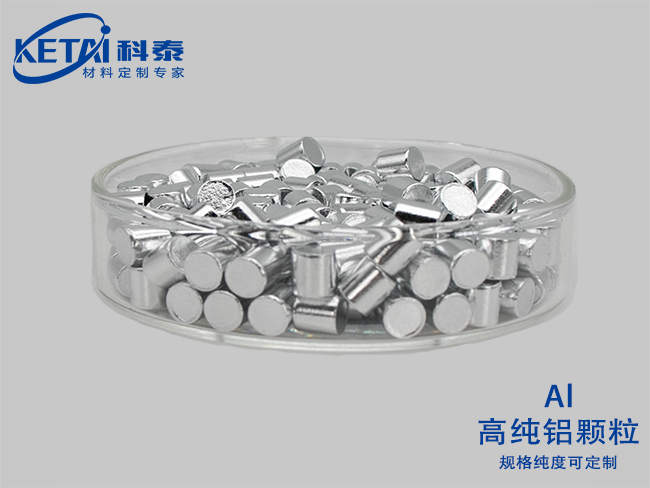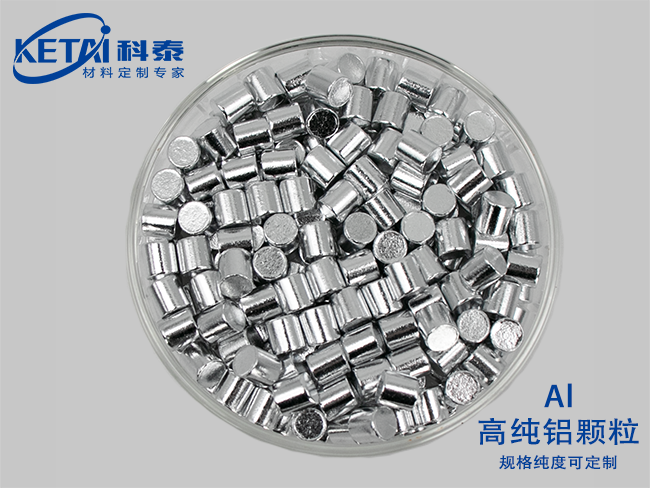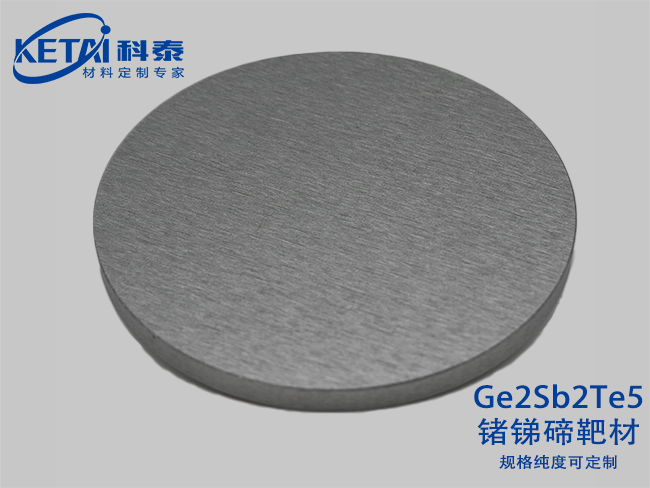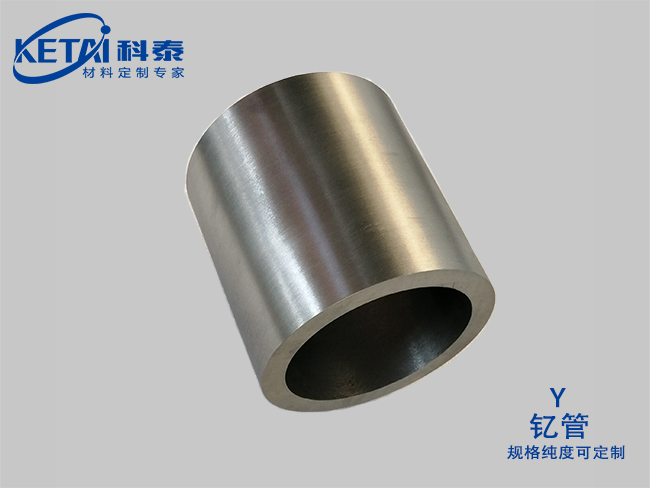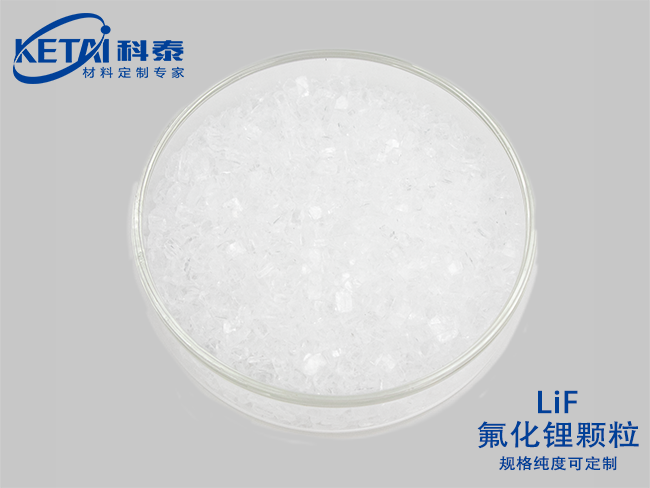-
-
Sputtering Targets
- Element Sputtering Targets
- Alloy Sputtering Targets
- Oxide Sputtering Targets
- Nitride Sputtering Targets
- Carbide Sputtering Targets
- Fluoride Sputtering Targets
- Silicide Sputtering Targets
- Sulfide Sputtering Targets
- Selenide Sputtering Targets
- Telluride Sputtering Targets
- Antimonide Sputtering Targets
- Phosphide Sputtering Targets
- Special Sputtering Targets Customization
- Sputtering Targets List
-
Evaporation Materials
- Element Evaporation Materials
- Alloy Evaporation Materials
- Oxide Evaporation Materials
- Nitride Evaporation Materials
- Carbide Evaporation Materials
- Fluoride Evaporation Materials
- Phosphide Evaporation Materials
- Telluride Evaporation Materials
- Selenide Evaporation Materials
- Sulfide Evaporation Materials
- Other Evaporation Materials
- Evaporation Materials List
- Compound Semiconductor Materials
- Rare Earth Materials
- Special Alloy
-
Crucible customization
-
Sputtering Targets
- H氢
- He氦
- Li锂
- Be铍
- B硼
- C碳
- N氮
- O氧
- F氟
- Ne氖
- Na钠
- Mg镁
- Al铝
- Si硅
- P磷
- S硫
- Cl氯
- Ar氩
- K钾
- Ca钙
- Sc钪
- Ti钛
- V钒
- Cr铬
- Mn锰
- Fe铁
- Co钴
- Ni镍
- Cu铜
- Zn锌
- Ga镓
- Ge锗
- As砷
- Se硒
- Br溴
- Kr氪
- Rb铷
- Sr锶
- Y钇
- Zr锆
- Nb铌
- Mo钼
- Tc碍
- Ru钌
- Rh铑
- Pd钯
- Ag银
- Cd镉
- In铟
- Sn锡
- Sb锑
- Te碲
- I碘
- Xe氙
- Cs铯
- Ba钡
- LaLu镧系
- Hf铪
- Ta钽
- W钨
- Re铼
- Os锇
- Ir铱
- Pt铂
- Au金
- Hg汞
- Tl铊
- Pb铅
- Bi铋
- Po钋
- At砹
- Rn氡
- La镧
- Ce铈
- Pr镨
- Nd钕
- Pm钷
- Sm钐
- Eu铕
- Gd钆
- Tb铽
- Dy镝
- Ho钬
- Er铒
- Tm铥
- Yb镱
- Lu镥
点击可查看包含对应元素的相关产品信息
科泰新材料可提供“元索周期表”近乎全元素(除放射性元素外)的任意组合材料定制,
部分产品未及时更新,特殊定制需求请咨询客服。
- Al铝
- Ar氩
- As砷
- Ag银
- Au金
- At砹
- Be铍
- B硼
- Br溴
- Ba钡
- Bi铋
- C碳
- Cl氯
- Ca钙
- Cr铬
- Co钴
- Cu铜
- Cd镉
- Cs铯
- Ce铈
- Dy镝
- Eu铕
- Er铒
- F氟
- Fe铁
- Ga镓
- Ge锗
- Gd钆
- H氢
- He氦
- Hf铪
- Hg汞
- Ho钬
- In铟
- I碘
- Ir铱
- K钾
- Kr氪
- Li锂
- LaLu镧系
- La镧
- Lu镥
- Mg镁
- Mn锰
- Mo钼
- N氮
- Ne氖
- Na钠
- Ni镍
- Nb铌
- Nd钕
- O氧
- Os锇
- P磷
- Pd钯
- Pt铂
- Pb铅
- Po钋
- Pr镨
- Pm钷
- Rb铷
- Re铼
- Rn氡
- Ru钌
- Rh铑
- Si硅
- S硫
- Sc钪
- Se硒
- Sr锶
- Sn锡
- Sb锑
- Te碲
- Sm钐
- Ti钛
- Tc碍
- Ta钽
- Tl铊
- Tb铽
- Tm铥
- V钒
- W钨
- Xe氙
- Yb镱
- Y钇
- Zn锌
- Zr锆
当前位置:首页 >> Products >> Evaporation Materials >> Element Evaporation Materials
- 产品类别
Aluminum particles(Al)
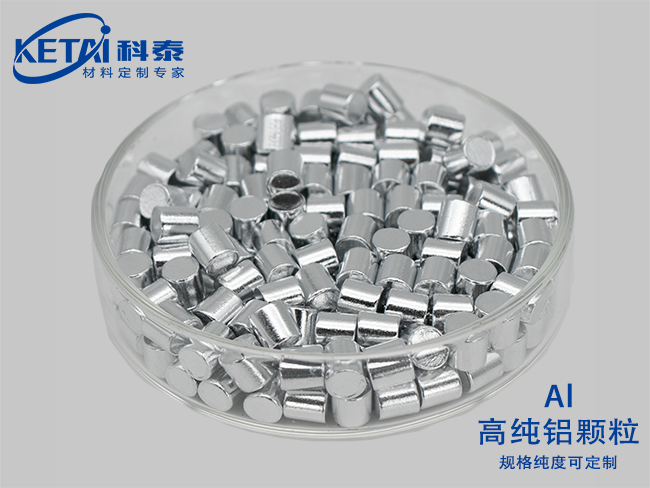
| Aluminum particles(Al)基本信息 | |
| 分子式 | Al |
| 纯度 | 99.99%,99.999% |
| CAS号 | 7429-90-5 |
| 摩尔质量 | 26.981 |
| 密度 | 2.7 g·cm−3 |
| 熔点 | 933.47 K,660.32 °C,1220.58 °F |
| 沸点 | 2792 K,2519 °C,4566 °F |
| 溶解性(水) | |
Aluminum particles(Al)产品概况
Aluminum is a light metal with a density of 2.70 g/cm3, only about one-third that of steel. Make aluminum parts easy to identify through their lightness. Compared to most metals, aluminum has a low density because its atomic nuclei are much lighter, and differences in cell size cannot compensate for this difference. Metals with a lower density than aluminum have only too high reactivity to be used as structural alkali and alkaline earth metals (except beryllium and magnesium, which are highly toxic). Aluminum is not as strong and rigid as steel, but in applications such as the aerospace industry, low density makes up for this. Pure aluminum is relatively soft and loses its tensile strength at about 300 ℃, with a melting point of 660.4 degrees. The treated aluminum alloy is stronger and more ductile. It has a metallic luster, with a silver white and shiny surface when smooth, and a dark gray color when rough. Non magnetic and difficult to ignite. The ability to reflect visible light is strong (about 92%), and the ability to reflect mid and far infrared rays can reach 98%. Pure aluminum is quite soft and lacks strength. In most applications, various aluminum alloys are used because of their higher strength and hardness. The yield of pure aluminum is 7 to 11 MPa, while that of aluminum alloys can reach 200 to 600 MPa. Aluminum is ductile, with an elongation of 50-70%, and is easy to draw and extrude. It is also easily machined and cast.
Aluminum has good electrical and thermal conductivity (both 59% of copper), which is much lighter than copper. Aluminum can superconduct at temperatures below 1.2 K and magnetic flux greater than 100 Gauss. It is paramagnetic, so it is essentially unaffected by static magnetic fields. However, high conductivity means that it is strongly influenced by alternating magnetic fields through the induction of eddy currents.
| Aluminum particles(Al)产品应用 |

